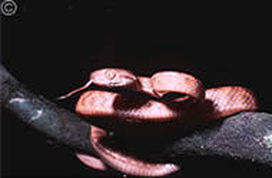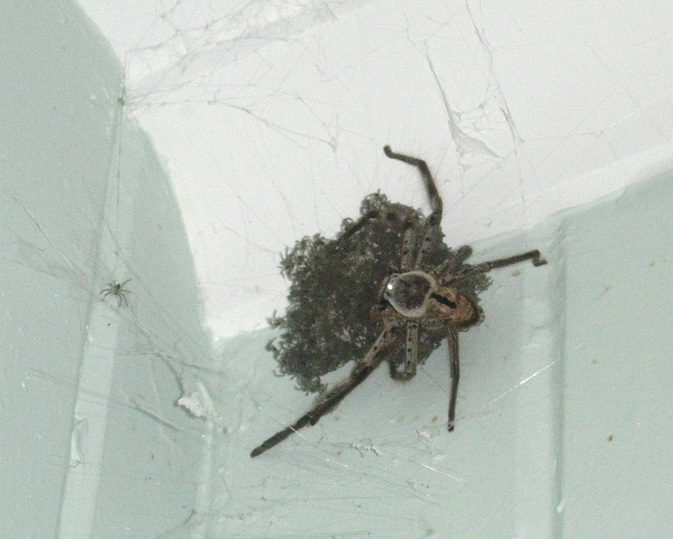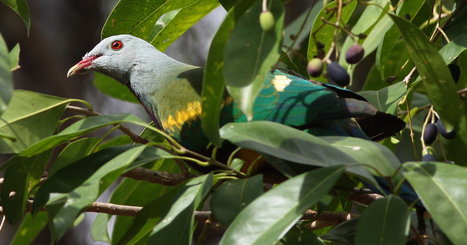Welcome to a new year which we hope will be kinder to everyone – humankind and wildlife – than 2011.
And, of course, nothing has stopped in the wild world over the holiday. In fact, it has been quite a busy time.
The big female cassowary, not seen for some weeks, has once again taken to wandering in the wildwatch garden. She examines everything so carefully, walking deliberately as if she is considering every step. It is good to see she is in wonderful condition, her black feathers shiny and her red and blue neck and wattles bright. Her eyes are bright too. If ever a creature had “presence” it is this cassowary.
Next morning she was examining the mown area under the kitchen window then wandered off to what used to be the vegie garden. Here, chewed mangoes and passionfruit bear witness to wild feasting. We love mangoes especially, but one cannot resent the pleasure the wildlife gets from this luxurious fruit. They all take their turn, the fruit finally being finished off by butterflies and ants. At least it is all appreciated.

I was unpacking a big cardboard box of clothes when what I thought from a casual glance was a leather belt at the bottom began to move.
I quickly retaped the box and we bundled it into the car, making for a beautiful wild area we know some kilometres away. It is perfect, a swathe of rainforest with a creek running through it.
The snake – it was probably a night tiger – did not seem overly anxious to leave the box and when tipped gently out still lay quietly. Then suddenly it seemed to realise where it was and slithered quickly away. It moved so gracefully and merged in so quickly the whole effect was like a conjuring trick. You could almost call it natural sleight of snake!
Many people are worried by spiders, but in fact they do a vast amount of good, ridding the house of mosquitoes, flies, cockroaches and a host of other undesirables.

Huntsman spiders live up to their name. They hunt, rather than spin a web, but this one was busy fashioning what looked like a fat white cushion. It was a laborious task and took a considerable time.
She was completely unfazed by the comings and goings of the house. Even when I set up a ladder to get closer and take a picture she remained immobile, clutching her cushion.
Then this morning the cushion had hatched. She is still there, her arms around what looks like dozens of tiny spiderlings.
As far as we were aware, she had not left the egg case since it was made – a feat of maternal devotion. And no, we are not going to destroy the spider family. Despite her size, the female huntsman is relatively harmless and does much more good than harm, posing only a simple threat.
Now there are questions to be answered. Will the young be cannibalistic? Will they be eaten by predators, such as geckos, and will their mother defend them against such threats? When will their mother leave them to fend for themselves? It will be interesting to watch what happens.

This morning gave us another surprise too, and delightful it was.
Living in the forest as we do, we seldom miss the birds’ dawn chorus. It is loud. As night fades the scrub fowl and bush stone curlews engage in deep conversation almost under the window, quickly followed by all kinds of cheepings and coos. Kookaburras, black butcher birds (not here before the forest was so opened up), doves and a variety of other birds large and small all notify us day is beginning.
This morning the chorus was joined by another voice – that of the wompoo pigeon.
Those who regularly hear this weird, strangled sounding “wallock-woo” will wonder what there is to be excited about, but this was the first time I have heard a wompoo here since the cyclone.
That they have come back is a very special New Year gift.


